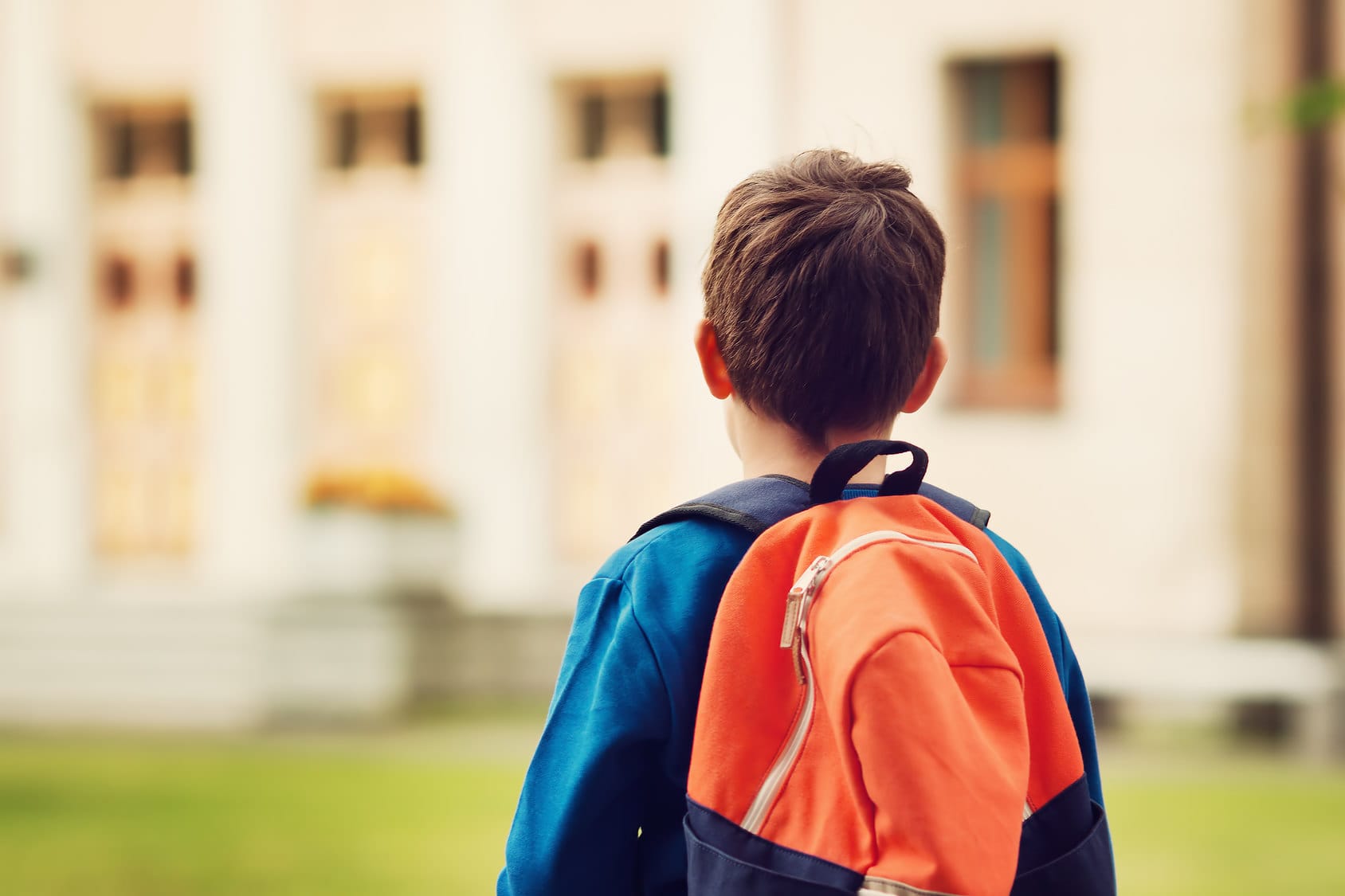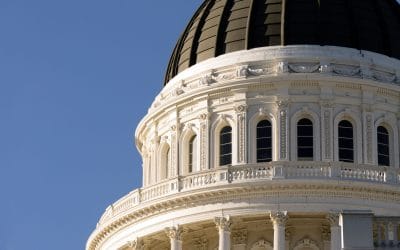Historic State Investment in School Facilities Focused on State Budget While Statewide Bonds Stalled.
We began the second year of the 2021-22 Legislative Session with two almost identical bills that would have placed a statewide school facilities bond on the November 2022 ballot. With rising inflation and other changes in the economy, it became increasingly clear that it was extremely unlikely California voters would support a statewide bond, so both bills stalled in the Legislature.
Instead, the Governor and the Legislature appropriated an unprecedented $1.3 billion General Fund (GF) from the 2021-22 fiscal year to the State Allocation Board for school new construction and modernization projects, for allocation in the 2022-23 fiscal year. The budget also included intent language to provide an additional $2.65 billion in the 2023-24 fiscal year and $875 million in the 2024-25 fiscal year for the school facilities program but keep in mind that this is only intent language. While this is a historic investment of GF dollars for the school facilities program, intent language is not binding and the Legislature may have different priorities and less GF resources moving forward.
The budget also allocated $100 million in GF for the California Preschool, Transitional Kindergarten and Full-Day Kindergarten Facilities Grant Program for appropriation in the 2022-23 fiscal year. While this amount is certainly insufficient to meet the $1.28 billion demand from the last application filing round, there is also intent language to appropriate $550 million in GF in the 2023-24 fiscal year which, as noted above is not binding, however, it is a recognition of continued need.
AB 185, the Education Trailer Bill established an alternative design-build contract process for school facilities projects over $5 million until January of 2029. The language defines alternative design-build as a project delivery process in which both the design and the construction of the project are procured from a single design-build entity based on its proposed design cost, general conditions, overhead and profit as a component of the project. Initially, this language was included in AB 902 (O’Donnell), which was held in the Senate Appropriations Committee in early August.
While much of the school facilities focus was on the state budget, the Legislature also debated a handful of bills related to school facilities.
The Governor signed the following facilities bills:
- AB 1867 (Lee) – Bathroom Plumbing Fixtures.
Requires a school district, county office of education or charter school participating in the State Facility Program to include faucet aerators and water-conserving plumbing fixtures in all bathrooms as part of a modernization project if the facility being modernized was constructed before January 1, 2012, and the modernization project proposes to repair the interior of a school building. This new requirement is only triggered after the passage of a statewide school facilities bond.
Chapter 434, Statutes of 2022 - AB 2232 (McCarty) – Heating, Ventilation and Air Conditioning (HVAC) Systems.
Requires a school district, a county office of education, a charter school, a private school, the California Community Colleges, or the California State University, and would request the University of California, to ensure that facilities have HVAC systems that meet minimum specified ventilation rate requirements. If the existing HVAC system is not capable of safely and efficiently providing the minimum ventilation rate the HVAC system must meet the minimum ventilation rates in effect at the time the building permit for installation of that HVAC system was issued. The bill would also require a covered school, and request the University of California, to install filtration that achieves specified minimum efficiency reporting values (MERV) levels, determined by the school to be feasible with the existing HVAC system, as provided.
Chapter 777, Statutes of 2022 - AB 2295 (Bloom) – Local Educational Agency (LEAs): Housing Development Projects.
Deems a housing development project an allowable use on any real property owned by LEAs if the housing development satisfies certain conditions, including other local objective zoning standards, objective subdivision standards, and objective design review standards, as described. AB 2295 also deems a housing development that meets these requirements consistent, compliant, and in conformity with local development standards, zoning codes or maps, and the general plan. AB 2295 authorizes the land used for the development of the housing development to be jointly used or jointly occupied by the local educational agency and any other party, subject to specified requirements and exempts a housing development project subject to these provisions from various requirements regarding the disposal of surplus land.
Chapter 652, Statutes of 2022 - AB 2638 (Bloom) – Water Bottle Filling Stations.
Requires new construction or modernization project submitted to the Division of the State Architect by a school district or the governing body of a charter school to include water bottle filling stations. Requires, for modernization projects, a minimum of one water bottle filling station for each school undergoing modernization, and for new construction projects, a minimum of one water bottle filling station per 350 people at each school being constructed. This new requirement is only triggered after the passage of a statewide school facilities bond.
Chapter 793, Statutes of 2022
Capitol Advisors Group has produced a set of comprehensive client briefs detailing new education laws that were passed by the Legislature and signed into law by Governor Newsom in 2022. Each brief is organized by subject area and includes an executive summary highlighting major changes we think you should know about. Bills signed by the Governor take effect on January 1, 2023, unless the bill specifically states otherwise.




0 Comments